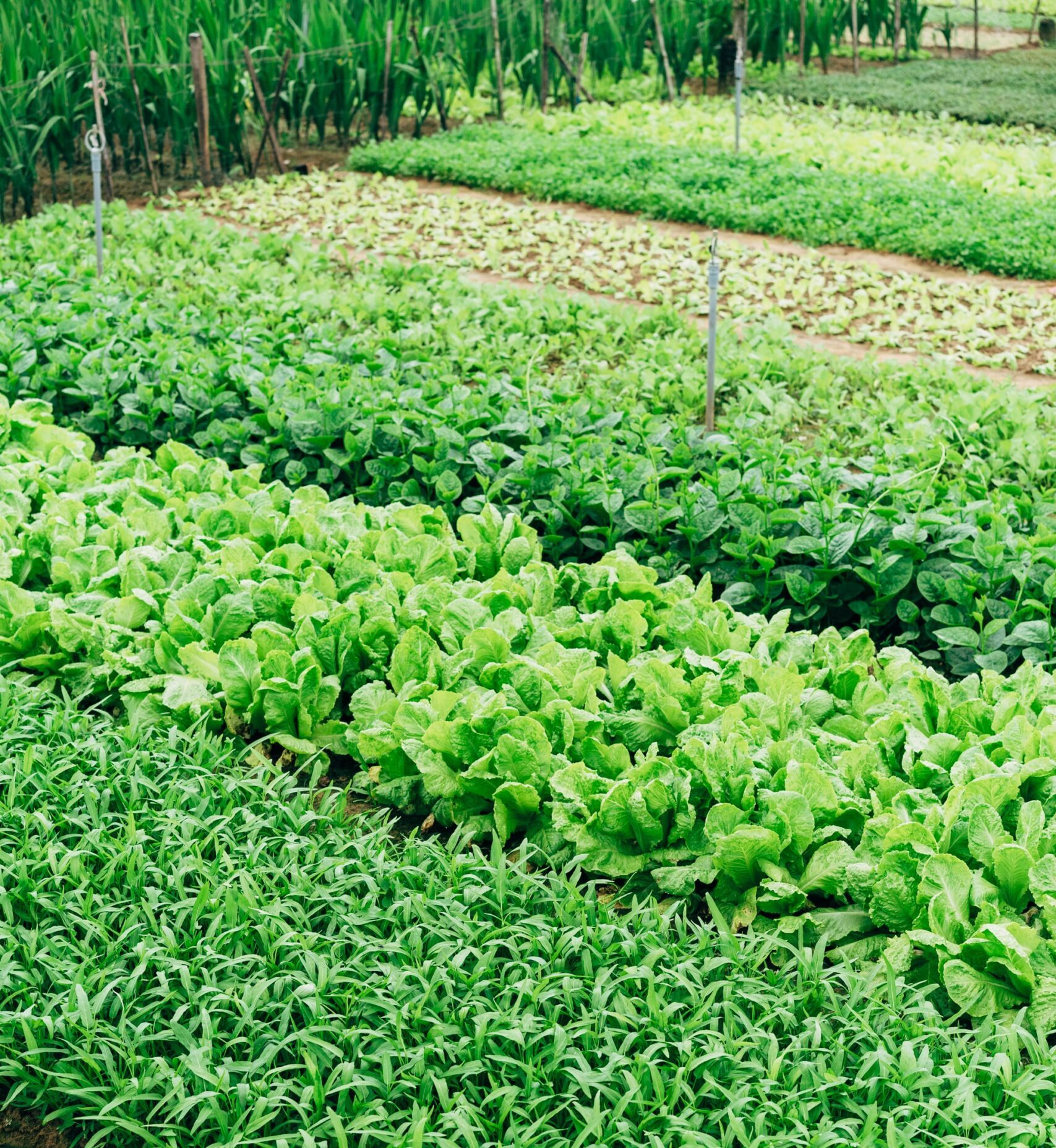Take a look at any scientific innovation and there’s a gold thread of artistry finely woven throughout. You can change the name of the thing and the box you put that thing into, but biological engineering in one of its myriad forms encapsulates the innate creativity of life not quite like anything else. With the accumulation of plastics breaching the comfortable limits of every man and beast on this planet, it’s wise of us to turn to nature and revel in all the ways it can provide for us, if only we get our thinking hats on.

Bio-engineering is an applied science that harnesses the laws of nature and utilizes their strengths with the constructive tools of engineering. With a list of problems that seems to stretch on ad infinitum, we need to – now, more than ever – encourage this generation of scientists to get to work and do what they do best: come up with sustainable solutions that will see us through.
There’s an amazing pop-up collective workspace open for business on the bustling streets of London right now and it’s pumping out some seriously wow stuff. The “bio-village” is called Open Cell and it’s essentially a collection of shipping containers that are being utilized for various different mega-cool projects. As any scientist or entrepreneur knows, the struggle to obtain funding to help bring your experiment or idea to life is a very real, very depressing one. There’s never enough money and it always seems like compromises need to be made that render you feeling as though you aren’t staying true to your core interests. Enter: the collective workspace.
In a field where equipment is costly and initial profits infinetisimal, communal labs such as Open Cell offer an extraordinary space for those with ideas worth exploring. Start-ups can bring something magical to life at a fraction of the cost, while also utilizing the added bonus of an abundance of like-minded creatives right on their doorstep. Who says networking needs to be difficult? It’s rare to find a space that sees the marriage of science, artistry and business done so beautifully, but going on the old notion that two heads (or more!) are better than one, Open Cell serves as a productive powerhouse for ideas to actually come to fruition. Playing on the strengths of those who understand the chemistry or biology and combining it with others who have marketing down to a tee are the building blocks of success.
So, are you curious about what they’ve got going on over there?
Kicking it off, we have building materials made of fungi! Biohm operates on the premise that nature knows how to do things best, so it’s therefore in our best interests to mimic the structures we see in the environment and adapt them to our own niches. Furthermore, using natural resources is sustainable and reduces waste. The system they utilize is known as triagomy. Really, that’s just a fancy name for structures that are interlocking, rather than requiring any permanent fixtures. This allows for flexibility as structures can be moved and reshaped as life changes, so it can adapt to our shifting needs over time. The best part? The materials are made of fungi! This is one to watch and I hope their current experiments trying to develop a plant-based concrete are fruitful.
Along the same thread is the quirky Chip[s] Board; a business looking at using potato waste as a viable alternative for chipboard and MDF. The latter two are actually pretty terrible for our health. Containing formaledhyde (a known carcinogen) and other toxic residues, they are found in many of our homes as core parts of our flat-pack furniture and even the building structure itself, leaching out chemicals into the air. An alternative made from potato peelings sounds like exactly what we need.
Moving swiftly along, another incredibly important part of the collective is Olombria: a company exploring the future of pollination. I love bees as much as the next avid bee enthusiast and desperately hope that numbers recover, but the reality is that we have decimated global populations through the likes of glyphosate and a whole heap of other toxic pesticides through our carelessness. While conservation is worth every second of time and attention, it isn’t the worst idea to plan for the worst case scenario. Bees are responsible for putting one in three mouthfuls of food onto our plates and so a world without them is not worth thinking about. However, Olombria is a genius firm looking to up the efficacy of fly pollination! Yes, flies pollinate too, but they are not nearly as efficient as bees. This firm is seeing how we might be able to change that, ensuring sustainable food harvesting in the future.
Lastly, we’re looking at fashion. It’s clear that more and more of us are moving away from leather, but with PU still serving as the most common vegan alternative, it’s a moral struggle at times. Leather is biodegradable, PU is not. There are definitely developments happening across the board and it’s amazing to see, but young designer, Alice Potts, is pushing the boundaries and getting creative. Striving for the optimal bioplastics formed from things like algae and off-cuts from the butchers, it’ll be interesting to see what she creates out of her time in the bio-labs.
This is just a tiny insight into some of the amazing work taking place right now. My only hope is that the idea will catch on and we’ll see similar collaborations popping up across the world.

What sustainable science would you like to see coming to your city?
Also by Kat: You Won’t Believe How This Dutch Fashion Startup Is Repurposing Agri Waste
Related: These Genius Edible Packaging Ideas Are Giving Us Hope About The Plastic Crisis
UK Reality Show “Pitch + Plant” Is All About Funding Vegan Business (Yaass!)
Get more like this—Subscribe to our daily inspirational newsletter for exclusive content!
__




